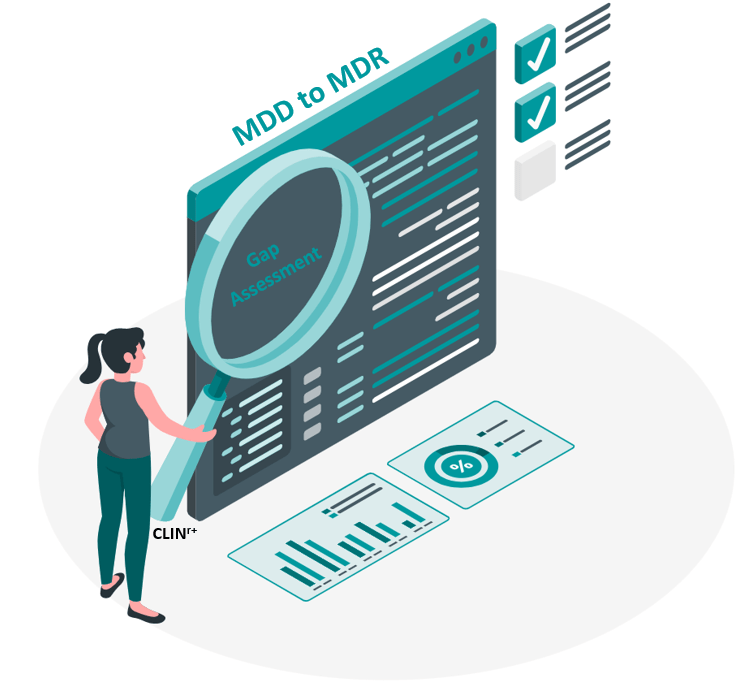MDD vs MDR FAQ

Q: What is the difference between the Medical Device Directive (MDD) and the Medical Device Regulation (MDR)?
A: The MDD was the previous set of regulations that harmonized medical device rules in Europe. It was replaced by the MDR, which aims to improve quality and safety requirements and unifies regulations across all EU member states.
Q: When must manufacturers comply with the MDR?
A: European medical device producers must comply with the MDR by May 2024.
Q: What are the main changes introduced by the MDR?
A: The MDR introduces stricter rules for invasive devices, expands the scope of Quality Management Systems (QMS), requires Notified Body supervision, establishes an Independent Expert Panel for certain devices, imposes new clinical evaluation requirements, introduces the Unique Device Identification (UDI) system, implements the EUDAMED Database, and broadens the definition of medical devices to include non-medical and cosmetic devices.
Q: What remains unchanged from the MDD in the MDR?
A: Some concepts that remain unchanged from the MDD include the use of harmonized standards to demonstrate conformance, the need for Notified Bodies’ involvement in the conformity assessment procedure, and the requirement for manufacturers from outside Europe to have an EU Authorized Representative.
Q: What does the Person Responsible for Regulatory Compliance (PRRC) do?
A: The PRRC is responsible for ensuring the conformity of devices before release, updating technical documentation and EU declarations of conformity, complying with post-market surveillance obligations, fulfilling reporting obligations, and issuing a statement for investigational devices.
Q: What is the purpose of Common Specifications (CS) in the MDR?
A: Common Specifications can be established by the EU Commission when harmonized standards are inadequate to demonstrate conformance.
Q: How does MDR interpret equivalence differently from the MDD?
A: MDR interprets equivalence more thoroughly, making it more challenging to demonstrate clinical safety or performance of medical devices.
Q: What changes have been made to the Medical Device Classification Rules under the MDR?
A: The strictest rules now apply to manufacturers of invasive devices, including implantation, surgeries, nanomaterials, and active devices. Class I MDD devices face important changes and are now classified as at least Class IIa under MDR.
Q: How does the MDR address Quality Management System (QMS) requirements?
A: The MDR expands the scope of QMS, requiring comprehensive requirements for Clinical Evaluation, Post Market Follow Up (PMCF), and Post Market Surveillance (PMS).
Q: What is the purpose of the EUDAMED Database under the MDR?
A: The EUDAMED Database is used to track devices throughout the economic operator supply chain and make information about products and tests accessible to the public.
Q: How does MDR change the Technical Documentation requirements?
A: The Technical Documentation replaces the Technical File or Technical Dossier and is more detailed and closely regulated than under the MDD. The new structure is listed in Annex II and III of the MDR.
Related Articles
Supporting an MDD to MDR transition
This case study looks at supporting an MDD to MDR transition and how CLIN-r+ supported one manufacturer when they decided on outsourcing EU MDR to ...
Read More →
Translating your MDD to MDR submission
How does your MDD submission translate to the MDR? Clin-r+ examines the main distinctions and what they imply for submissions made before the deadline.
Read More →
Managing design of a Medical Device
What does an MDR compliant design and development process look like? Clin-r+ summarises this and lists additional design records that manufacturers must create during the ...
Read More →






